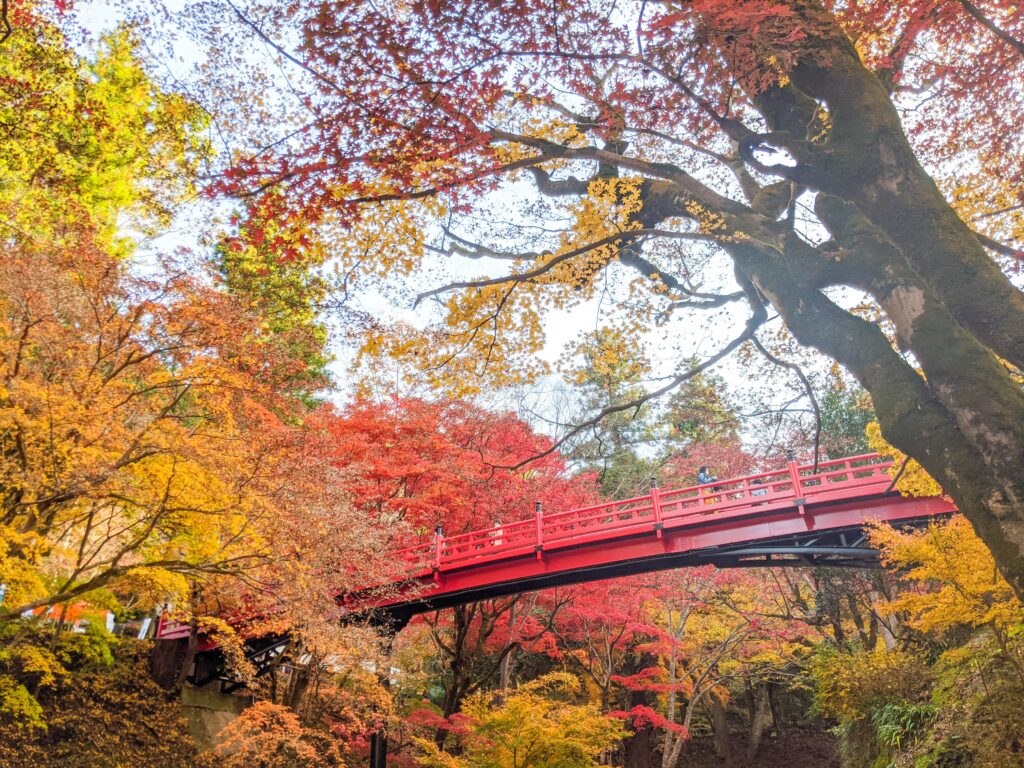
Enjoy the beauty of the Japanese momiji leaves in the fall. The lovely fall colors will be sure to capture your heart and you will be sure to fall in love with autumn in Yabu.
Course Detail
JR Yoka Station
Yabu Shrine
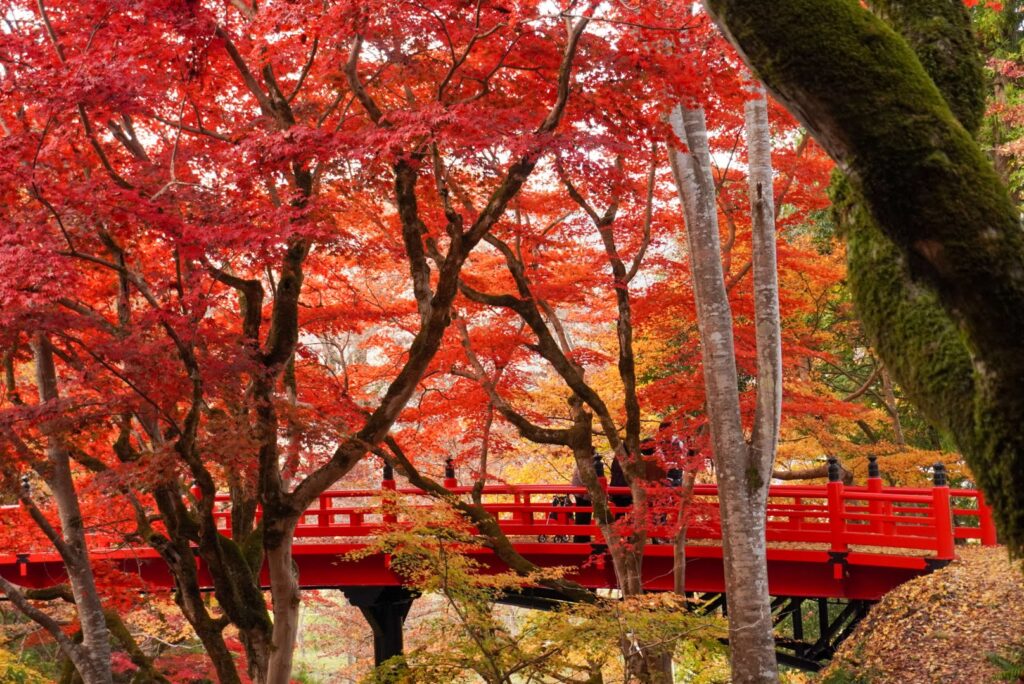
One of the 5 main shrines in Tajima, Yabu-jinja Shrine was established in 737. The shrine represents the God of Agriculture and has been appreciated by locals for a long time. It is called Yabu no Myojin San or the Myojin (a title for Shinto gods) of Yabu by many locals and is known for being the god of cows.
During Hatsumode (First Shinto shrine visit at the beginning of the new year) locals gather by the temple. It is also known as one of the most popular destinations to see the autumn foliage in Hyogo Prefecture. Many tourists and photographers visit the area during this time.
Michi-no-Eki Yoka Tajimano Kura
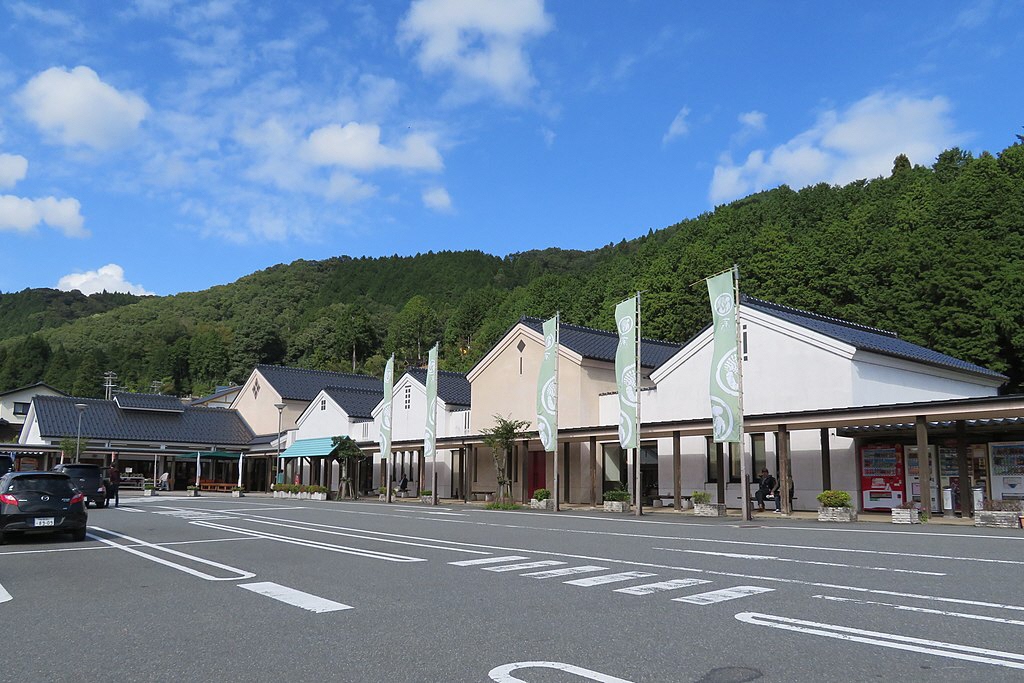
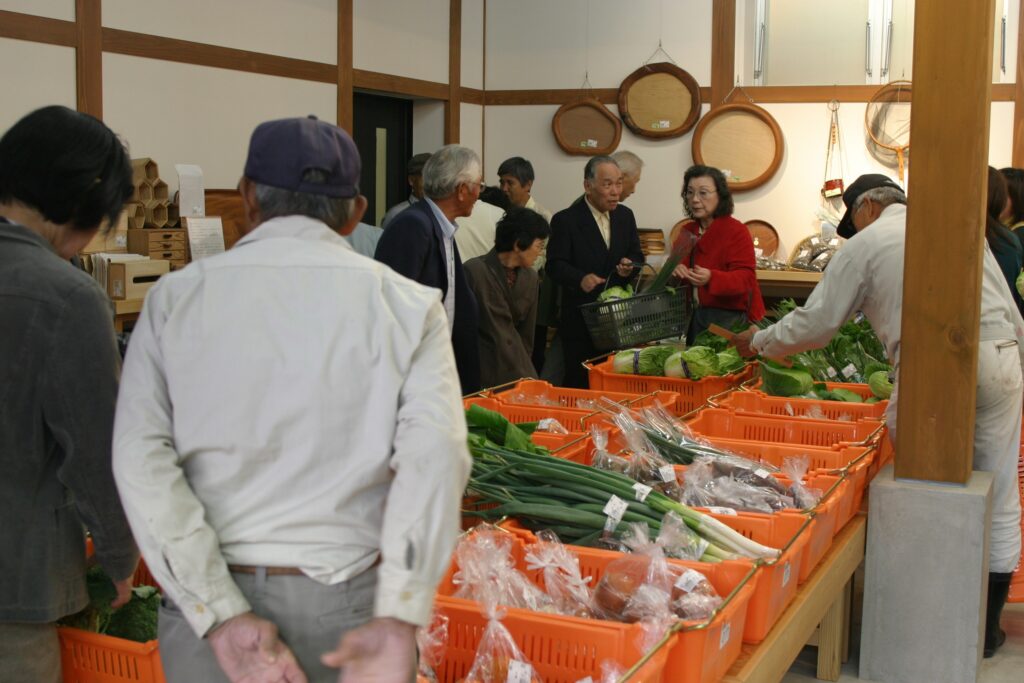
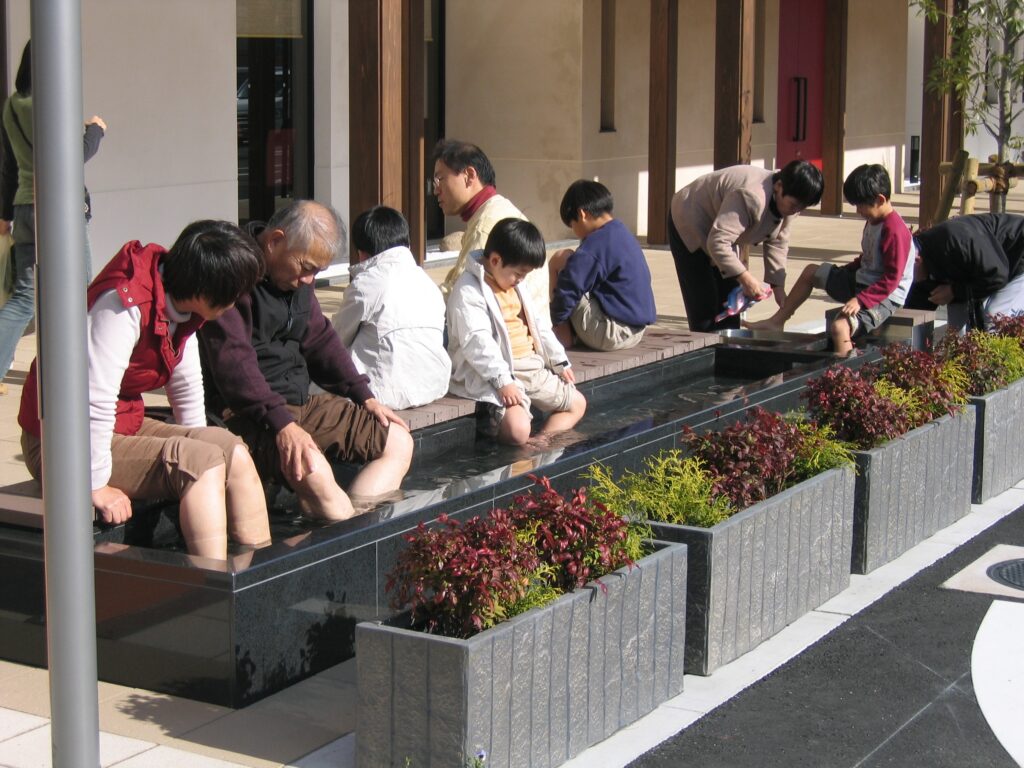
Tajima no Kura has a clear open space, and was made to look like a Kura (a Japanese warehouse, with thick walls, used to store valuables during natural disasters). A wide variety of fresh fruits and vegetables are delivered by local farmers on the daily. There is also a restaurant area with the fragrant smell of wood, where visitors can enjoy popular items including seasonal okowa (mixed rice) and obanzai (traditional style of Japanese cooking native to Kyoto) as well as many dishes that include local specialty foods including Jamongan rice, and Yoka Pork. Visitors may also enjoy the ashiyu (foot bath) to rid of the travel fatigue.
Tendaki Falls
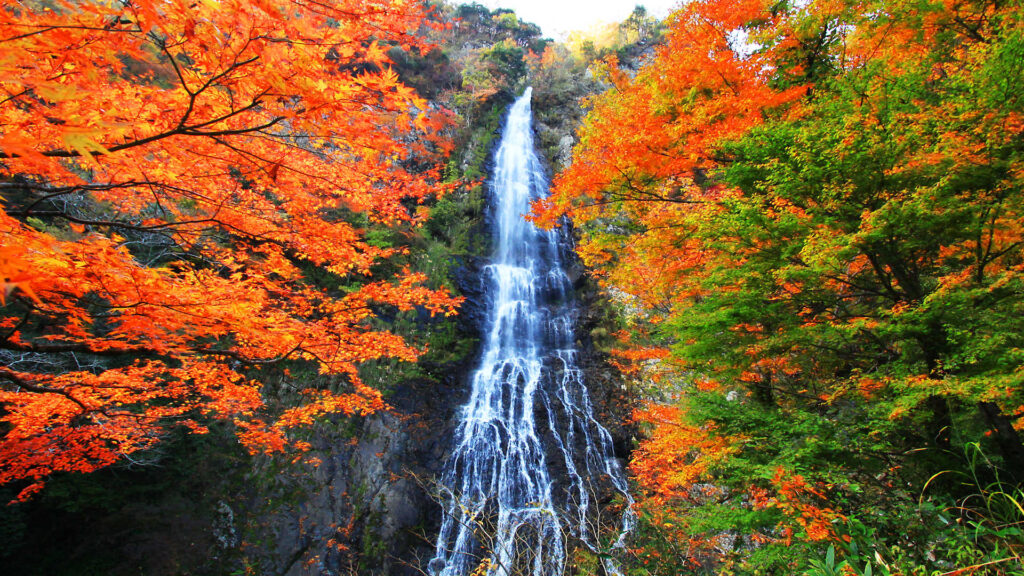
Selected as one of the top 100 waterfalls in Japan for its beauty, Tendaki Falls is an impressive waterfall that boasts a 98 m drop – the largest in Hyogo Prefecture. The waterfall flows as if it is coming from the heavens, and holds to its name as one of the most famous waterfalls in Hyogo Prefecture. The hiking trail is 1.2 km one-way (around 80 minutes total, light hiking shoes are recommended) and is perfect for hikers of all levels!
Visitors can discover the many other waterfalls lined up along the hiking trail towards Tendaki including Meotodaki, Tsudzumigadaki, and Itodaki. The unique seasonal views surrounding the waterfall such as the greenery in the spring and summer and the scenic foliage in the autumn can be enjoyed.
The hiking route was also selected as one of the top 100 forest bathing spots in Japan, and the top 50 forest bathing locations in Hyogo. A restaurant and campsite are also available at the trailhead.
Akenobe Mine
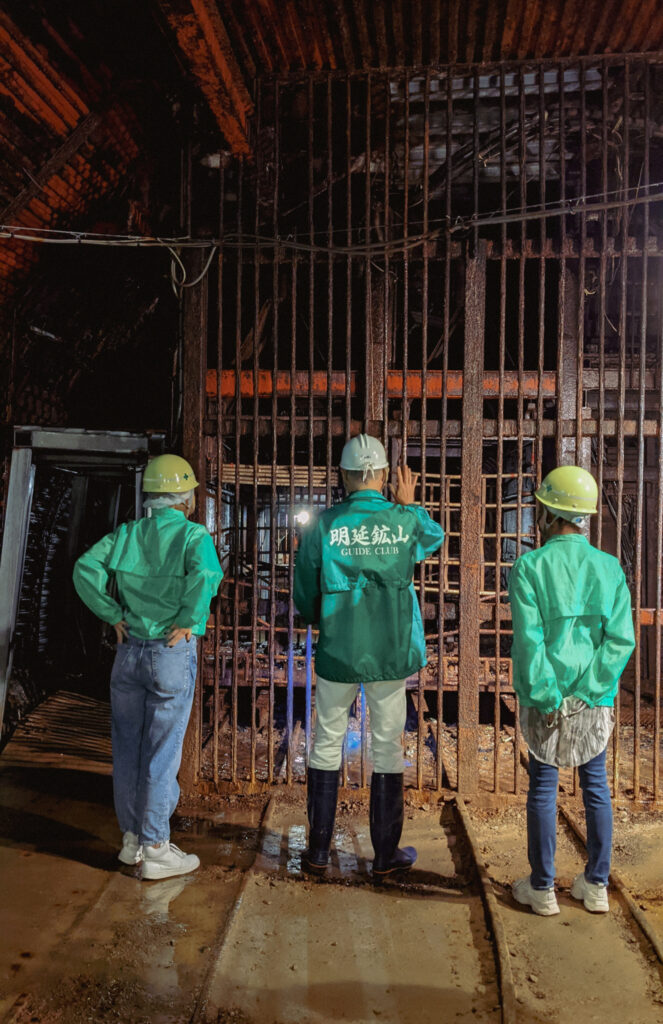
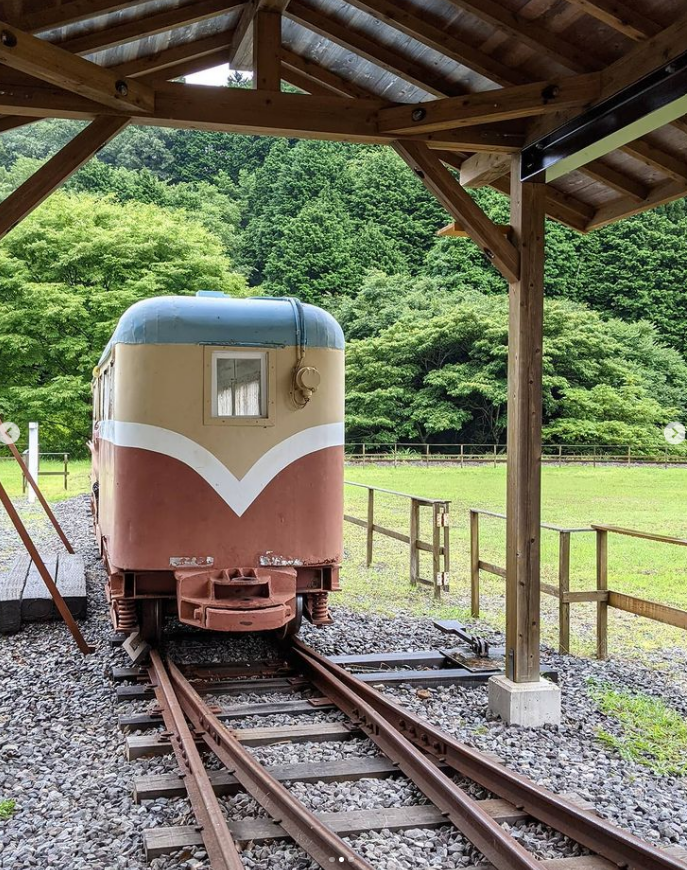
Established as Japan Heritage, Akenobe Mine was once the number one tin mine of Japan. Inside of the tunnel is relatively cool reaching 12 to 13 degrees Celsius during the summer season. Visitors can explore a section of the tunnel as part of a guided tour between the months of April and November (reservations are required except on Sundays) and also ride the 1 Yen Train, which was used in the past to transport workers and passengers for a cost of 1 yen!
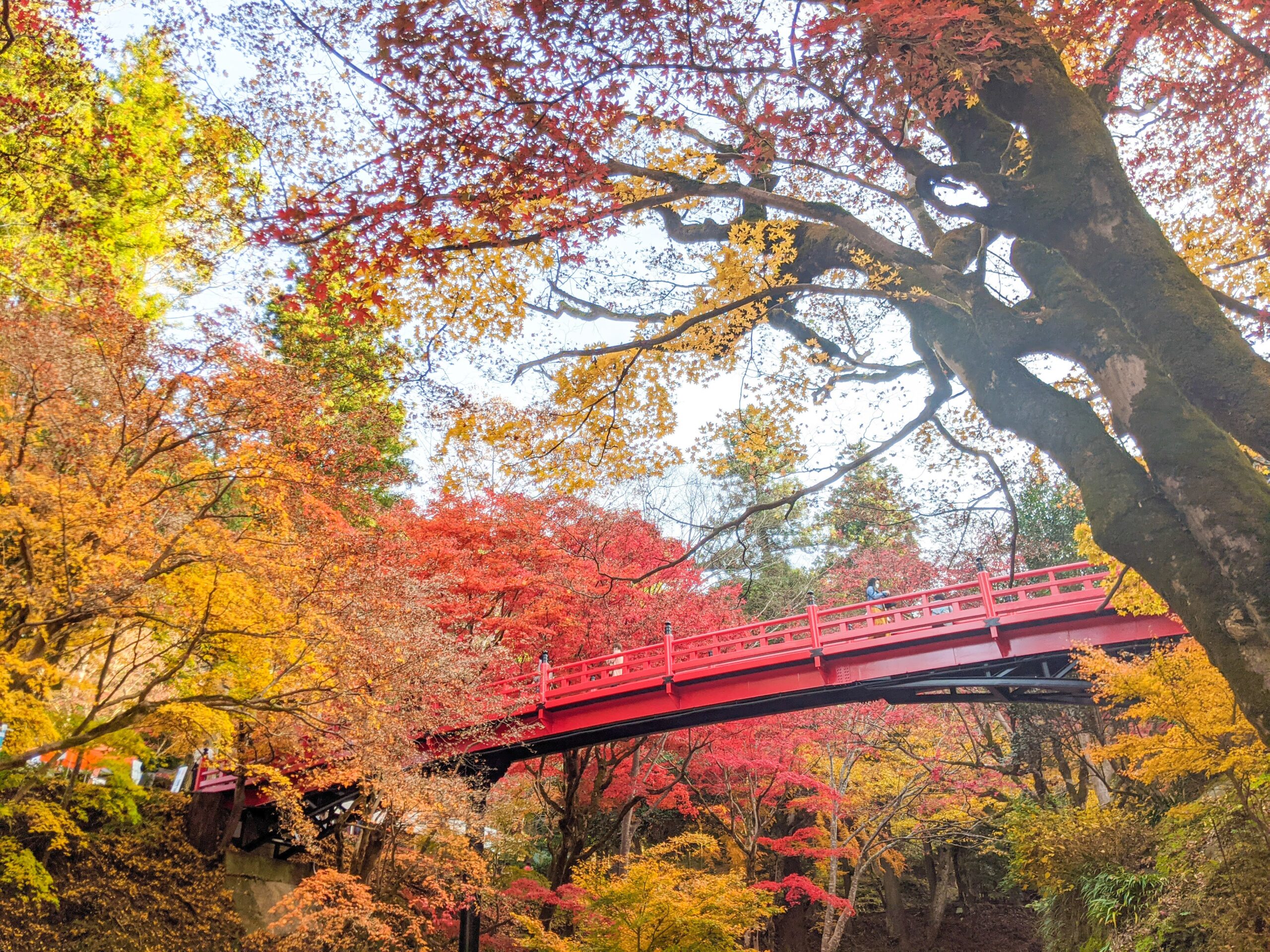
Leave a Reply